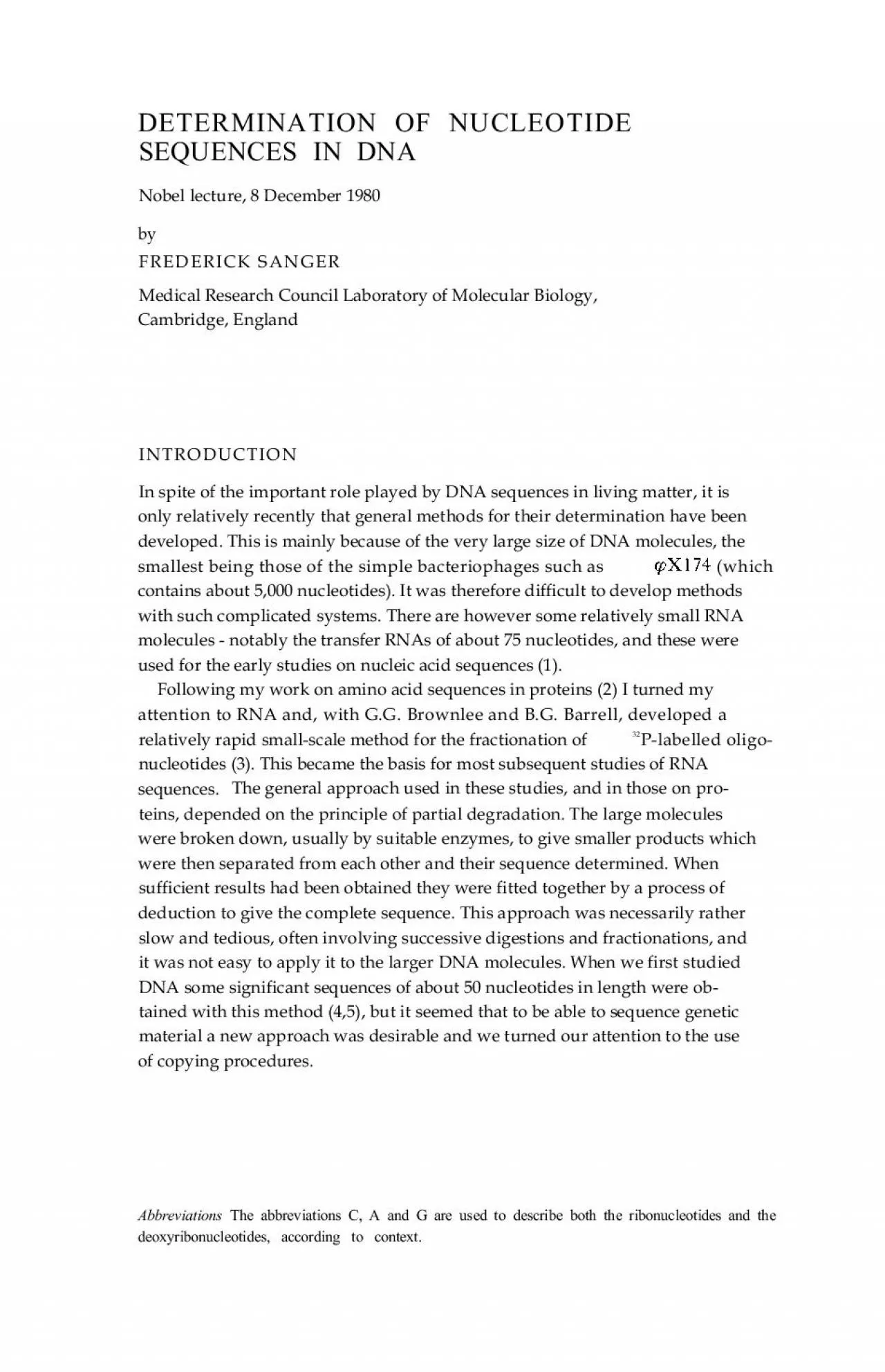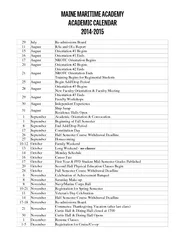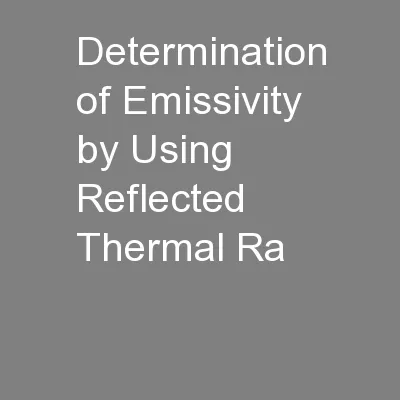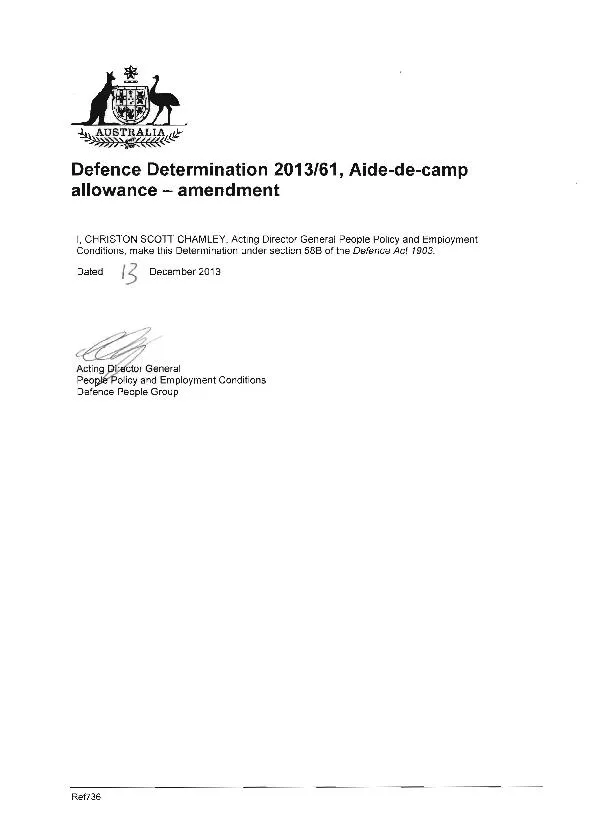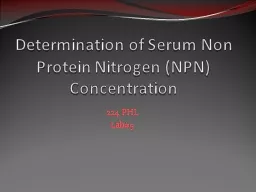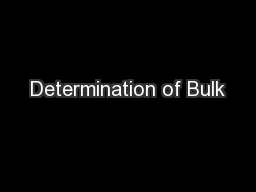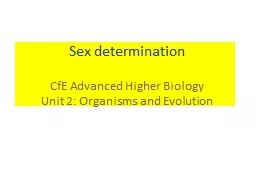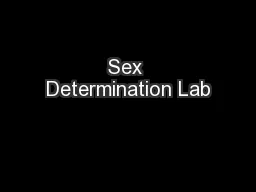PDF-DETERMINATION OF NUCLEOTIDESEQUENCES IN DNANobel lecture 8 December 1
Author : oneill | Published Date : 2022-08-22
which 432Chemistry 1980COPYING PROCEDURESIn the RNA field these procedures had been pioneered by C Weissmann andhis colleagues 6 in their studies on the RNA sequence
Presentation Embed Code
Download Presentation
Download Presentation The PPT/PDF document "DETERMINATION OF NUCLEOTIDESEQUENCES IN ..." is the property of its rightful owner. Permission is granted to download and print the materials on this website for personal, non-commercial use only, and to display it on your personal computer provided you do not modify the materials and that you retain all copyright notices contained in the materials. By downloading content from our website, you accept the terms of this agreement.
DETERMINATION OF NUCLEOTIDESEQUENCES IN DNANobel lecture 8 December 1: Transcript
Download Rules Of Document
"DETERMINATION OF NUCLEOTIDESEQUENCES IN DNANobel lecture 8 December 1"The content belongs to its owner. You may download and print it for personal use, without modification, and keep all copyright notices. By downloading, you agree to these terms.
Related Documents

